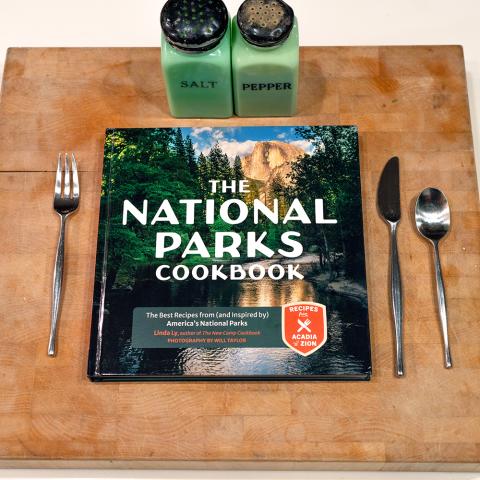
Grand Teton National Park rangers are seeking information on two men seen harassing a bison calf/NPS HO
Rangers are searching for two men seen harassing a bison calf in Grand Teton National Park.
The incident this past Sunday, June 4, comes in the wake of an incident last month in Yellowstone National Park where a visitor from Hawaii helped a bison calf after it became separated from its herd while crossing the Lamar River. In the Grand Teton case, two men were seen approaching and touching a bison calf at the southern end of Elk Ranch Flats.
Rangers ask that if you were in the Elk Ranch Flats area on the afternoon of June 4, and have information that could help in this investigation, or if you know who these individuals are (pictured), please call the park Tip Line 307-739-3367. If you see any harassment of wildlife happening in the park, you may also call the Teton Interagency Dispatch Center at 307-739-3301 to report the incident.
Interference by people can cause wildlife to reject their offspring, a Grand Teton release said. In this case, fortunately, the calf was successfully reunited with its herd, but often these interactions result in euthanizing the animal.
In the Yellowstone case, the bison calf struggled as it came out of the Lamar River, and the man pushed the calf up from the river and onto the roadway. Visitors later observed the calf walk up to and follow cars and people. Rangers eventually corraled the calf and tried, unsuccessfully, to reunite it with the herd. The calf was later euthanized by park staff because it was abandoned by the herd and causing a hazardous situation by approaching cars and people along the roadway.
At Grand Teton, park staff released rules visitors should follow in watching wildlife:
- Be alert for wildlife and keep a safe distance. Always maintain a distance of at least 100 yards from bears and wolves, and 25 yards from other wildlife. Use binoculars, a spotting scope, or a telephoto lens for a good view. Never position yourself between a female and offspring—mothers are very protective. Let wildlife thrive undisturbed. If your actions cause an animal to change their behavior, you are too close. The National Park Service has provided 7 tips on how to watch wildlife safely.
- Do not tease, touch, frighten or intentionally disturb wildlife.
- Roadside viewing is popular, but please keep the road clear. Use pullouts or pull completely off the roadway with all four wheels to the right of the white line.
- It is illegal to feed any wildlife—birds, ground squirrels, bears, foxes, etc. Wildlife will depend on people for food, resulting in poor nutrition and aggressive behavior. If fed, any animal may become unhealthy, bite you, expose you to rabies, or need to be killed.
- To protect wildlife and visitors, the park may close key habitat areas to all travel. Some areas are temporarily closed and others have seasonal closures. For the latest closures, check nps.gov/tetonclosures.




 Support Essential Coverage of Essential Places
Support Essential Coverage of Essential Places






